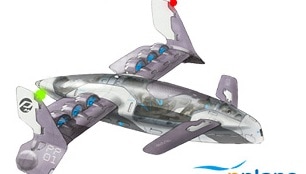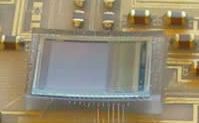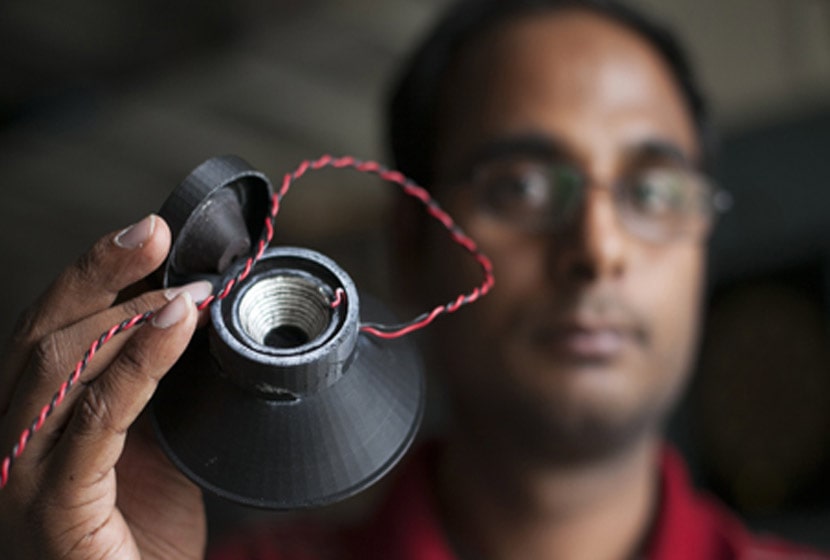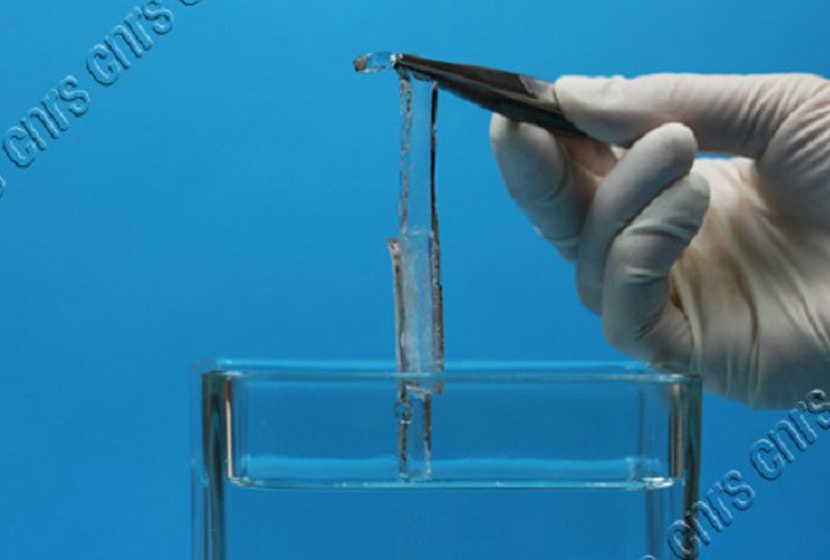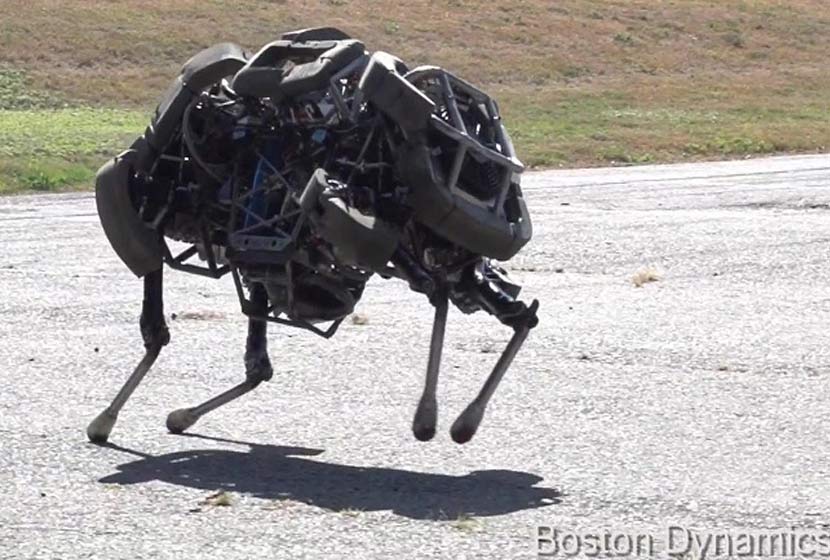The aim of the PPlane project is to explore a concept of personal transport using planes with a few seats, automatic, for the general public. The challenge: to complement the multimodal transport of the future with an air link, for greater flexibility and speed.
Many works of science fiction said that before the 21st century, we all had to travel in flying cars or other individual aircrafts. This is a long way off: only a few very wealthy people have private jets, a few passionate pilots use small private planes or flying clubs for their travels or have fun on their cuckoo clocks, the others make do with collective planes.
One of the vehicle concepts of the PPlane study © PPlane

The personal aircraft, the air link of a future multimodal transport system
And the constraints in terms of energy, pollution and noise do not argue in favour of the development of individual aviation as it is today. As part of its prospective research programme, in October 2009 the European Commission launched a project, called PPlane, to study the possibility of developing semi-individual aviation, with two to eight people, for a wide audience. L'Onera is the coordinator.

In the PPlane concept, the pilot remains on the ground. He is responsible for the smooth running of the flight, but it is the passenger who chooses the destination.
To find out what this aircraft of the future might look like, the researchers initially considered only technical criteria, but very quickly added social and environmental criteria. It's inconceivable that this plane will be noisy or polluting," explains Claude Le Tallec, head of the PPlane program at Onera. It will therefore have to be electric. "The other big question is the degree of automation of this plane. Many of the partners in this project are pilots, who have a vision of recreational aviation," notes the researcher. But here, it is a question of transport, within the reach of the greatest number of people, with a high safety requirement. It will therefore have to be highly automated, so that non-pilot passengers can use it. "The only difference is that they would be used to carry passengers. All the current work on the design of the drones, their resistance to failure, is therefore very useful for PPlane.
It is still far too early to verify whether such an individual air transport system is technically feasible, and even more so to judge its economic appropriateness. The project is mainly aimed at identifying the technical difficulties to be overcome. There are essentially two of them: to design automatic systems capable of coping with all circumstances, and to manufacture batteries with two to three times more autonomy.
Researchers are also trying to imagine how the plane will be used: will it require take-off assistance? Will we take off from the city centre or from outside, as is the case with today's aircraft? What type of runway will be used and how long will it be? Will it be necessary to use a catapult? Will there be pilots and controllers on the ground, or only the latter? How do you plan flights according to the weather?" While we have rather precise ideas about the aircraft technically, we are still in the dark about this management", says Claude le Tallec. One thing is certain: such automatic aircraft are not compatible with the current air traffic control system, which is not very automated.

The term PPlane actually represents a system that includes the vehicles in the fleet and the pilots on the ground. This system interacts in particular with air traffic control [ATC].
The PPlane consortium, with five research centres, four universities and small and large industrialists, was ideally set up to orient its activity in the innovation perspective outlined by the European Commission (PPlane - the Personal Plane Project is a European project coordinated by Onera).
The PPlane project is already helping to identify a promising future for such an economically viable, socially acceptable and environmentally sustainable component of air transport in the 2050s. The accessibility of this future is nevertheless still dependent on research efforts that need to be pursued in both technical and societal fields. (Source: Onera.fr - 2012)
{Jacuzzi on}

